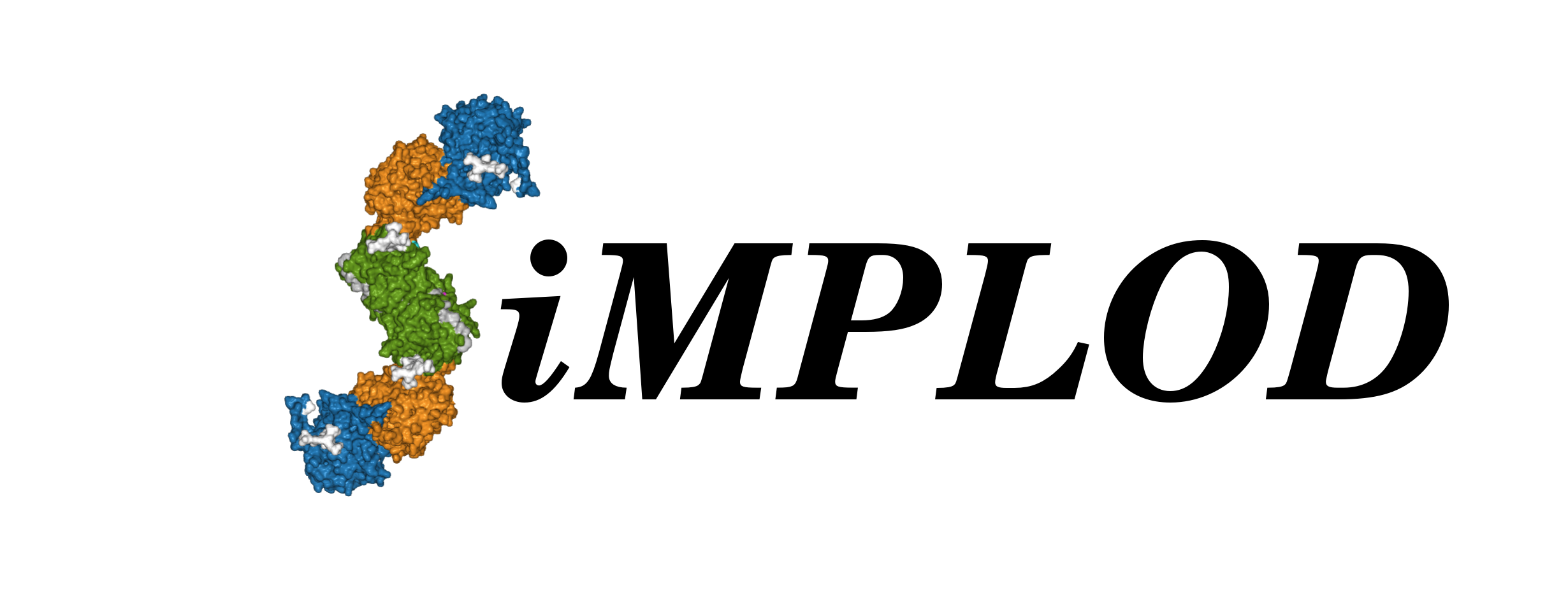 About
Contact
References
Structures
Adv. Search
Stats
Demo
About
Contact
References
Structures
Adv. Search
Stats
Demo
| LH1 TRP446GLY | ||
| SiMPLOD ID |
SiMPLOD1-203 | |
| Isoenzyme |
Lysyl Hydroxylase 1 (human) - UniProt - Full Info | |
| Nucleotide mutation |
PLOD1 NM_000302.2:1336T>G - NCBI RefSeq | |
| Mutation type |
Conflicting interpretations of pathogenicity | |
| LOVD |
c.1336T>G | |
| Disease Phenotype |
Kyphoscoliotic Ehlers-Danlos Syndrome (Type VIa) Link1 Link2 | |
| Clinical Databases |
OMIM: 225400 Orphanet: ORPHA:1900 ICD-10: Q79.6 MeSH: C536198 | |
| Evidence at protein level |
This variant is EXTREMELY UNLIKELY to be compatible with a folded LH enzyme. The representation shown in the structure viewer is therefore for mere display purposes and does not refer to an actual predicted existing protein product. | References |
Walker et al., 2005 - DOI - PubMed Yis et al., 2008 - DOI - PubMed |
Notes from publications |
Walker et al. identified the homozygous mutation T1360>G in an Ehlers-Danlos VIA patient. The mutation was in exon 13 of PLOD1 gene and was predicted to result in an amino acid change Trp446Gly. Through site directed mutagenesis and biochemical analysis the authors confirmed that this mutation causes a decrease in lysyl-hydroxylase activity. This mutation is not in localized in the LH domain, but occurs in a highly conserved region of the accessory domain. Therefore, the loss of activity may be caused by abnormal folding of the enzyme. The Trp446Gly mutation was also reported to cause Ehlers-Danlos VIA in another patient by Yis et al. |
| Related Entries |
SiMPLOD1-134: LH1 dupl326-585;TYR455THRFS (Pathogenic) SiMPLOD1-1157: LH1 VAL445_TRP446INSEND (SNP) | |
| Last Update |
2021-06-23 08:38:51 | |
|
The three-dimensional visualization is currently based on the homology model of full-length, dimeric human LH1 (generated using the crystal structure of full-length human LH3 as template). You may select a different PDB model file to visualize the mutation(s) using the drop-down menu below (page will refresh): |
||
Thank you for using SiMPLOD - Created by Fornerislab@UniPV Follow @Fornerislab - Last curated update: 1970-01-01 00:00:00
We truly hate messages and disclaimers about cookies and tracking of personal info. But don't worry, we don't use any.